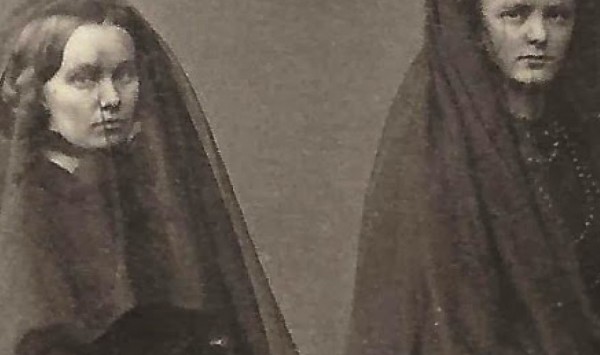BROOKLYN MORTALITZ (1863)

******************************************************************************************************************************** Brownstone Detectives investigates the history of our clients’ homes. The story you are about to read was composed from research conducted in the course of one of those investigations. Do you know the history of YOUR house? ******************************************************************************************************************************** In the summer of 1863, an average of 89 Brooklyn infants were dying each week of cholera infantum. Otherwise known as “summer complaint,” it was a sort of prostrating gastroenteritis that affected infants during hot weather. Just as cholera was characterized, the version for infants was associated with “vomiting, profuse watery diarrhea, fever, prostration, and collapse.” There were all sorts of “cures” sold to the public by quacks looking to get rich. One was “Mrs. Hayes’ Dysentery Syrup,” which promised that for “the cure of cholera infantum” it has no equal.” As the field was unregulated, though, most “cures” consisted of sugary water compounds which gave much hope but little else. Brooklynites, though, were also dying of other maladies that week, most notably “consumption (16), congestion of the brain (13), convulsions 913), marasmus (12), scarlet fever (7), hydrocephalus (7), inflammation of the lungs (5), diarrhoea (7), drowned (5), &c.” That week 177 people died within the city, “of which 58 were adults, 124 children; males, 89; females, 88; colored persons, 3.” Among the various “Nativities,” these mortalities affected citizens of “U.S., 142; Ireland, 18; Germany, 8; Scotland, 3; England, 2; British America, 2; Unknown, 2.” Not surprisingly, death was more of a part of life back then and people took it […]